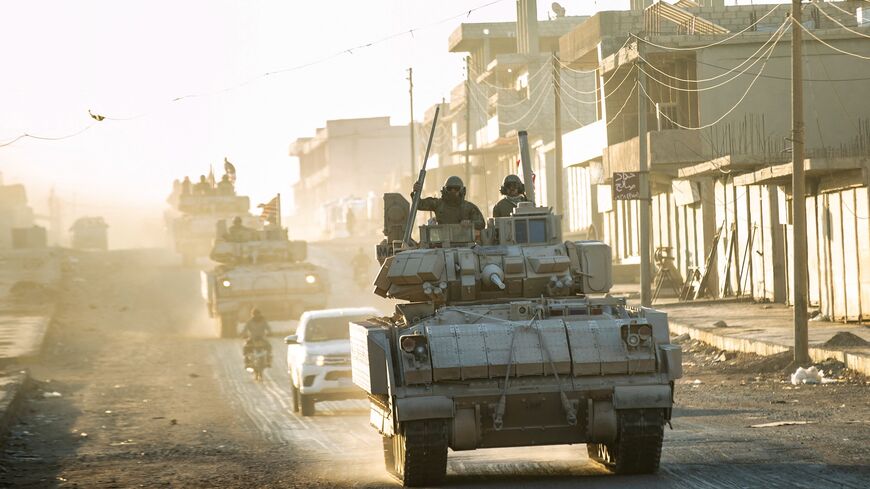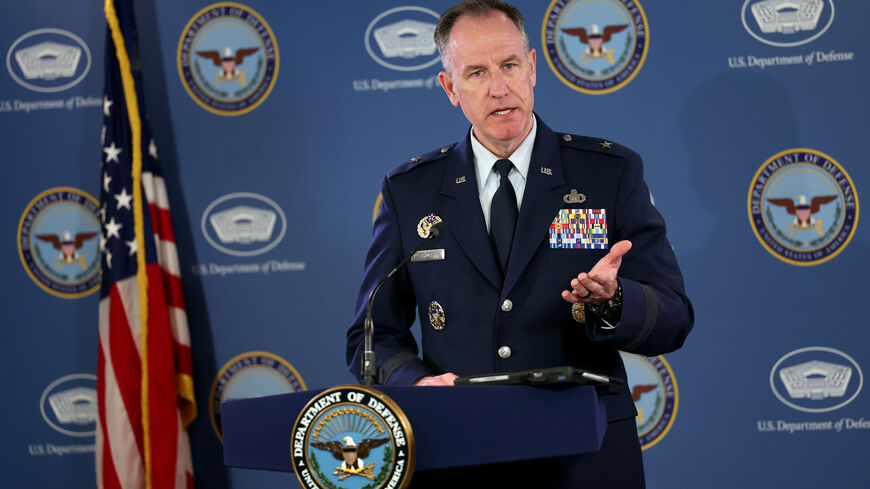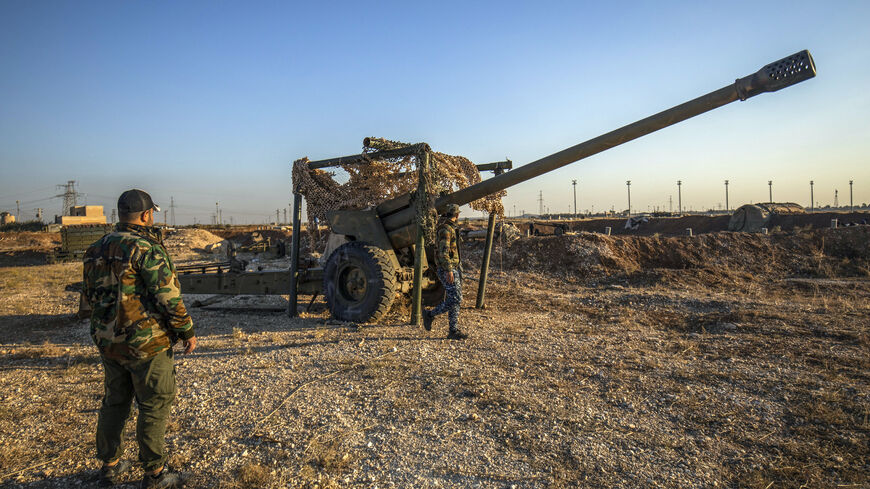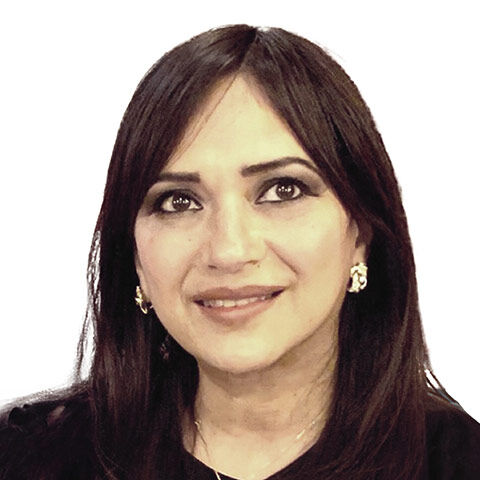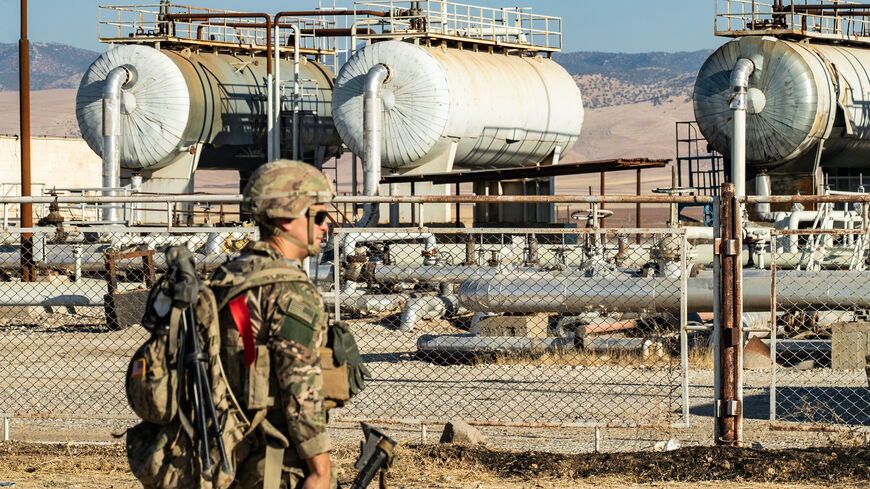Pentagon says 2,000 US troops in Syria, not 900
The shell games continue in Washington over how many American troops remain in the aftermath of the war against the Islamic State group.
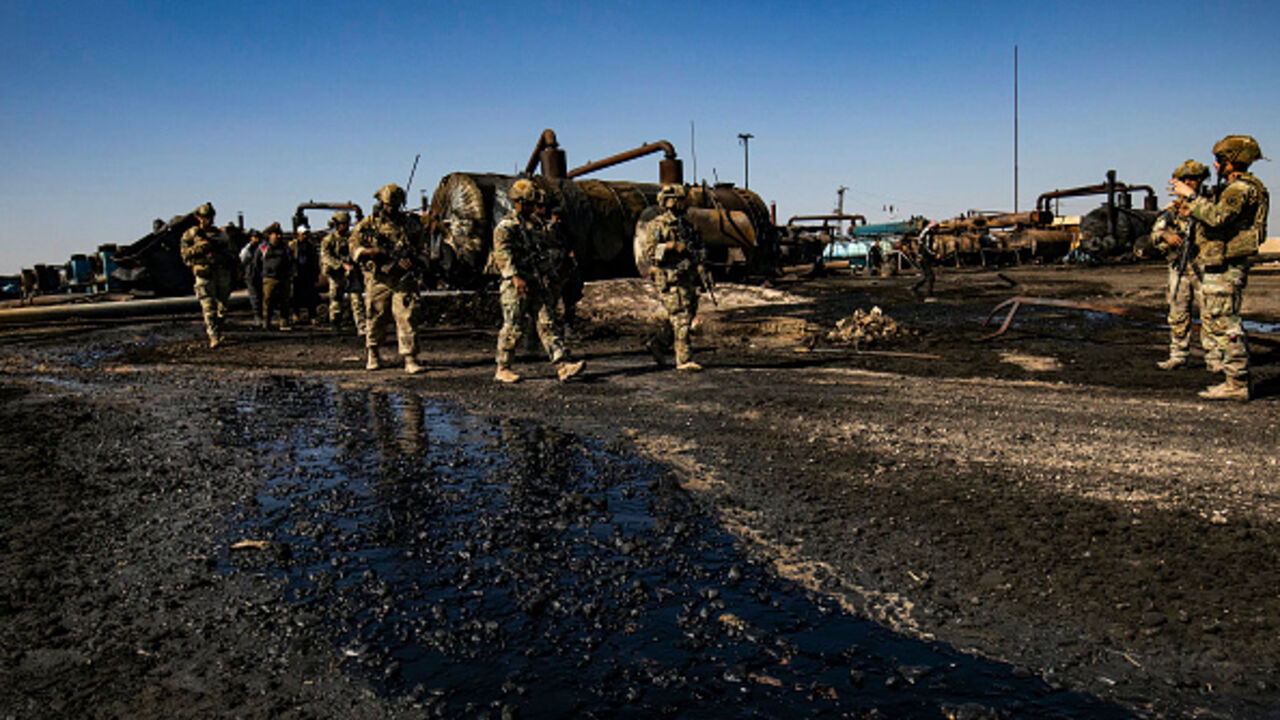
WASHINGTON — The Pentagon on Thursday revealed there are actually some 2,000 US troops in Syria, revising previous assertions by Department of Defense officials over the past several years that only 900 American troops remained in the country.
Pentagon press secretary US Air Force Maj. Gen. Patrick Ryder told reporters the additional “temporary rotational forces,” which he said were largely from the US Army, had been deployed at least several months ago to meet the “shifting mission requirements” of the defeat-ISIS mission.
Ryder offered no explanation for the Pentagon’s reasoning behind approving the additional troops to Syria, which have long been sought by CENTCOM commander Gen. Michael “Erik” Kurilla. Nor did he specify when Defense Secretary Lloyd Austin signed off on the decision.
The additional troops have been in Syria since before Islamist rebels overthrew the Bashar al-Assad regime in Damascus on Dec. 8, he said. “This has been going on for some time,” Ryder added.
The Pentagon has insisted its forces sidestepped that fight while remaining solely focused on containing ISIS prisons in the country’s far northeast.
“Right now, there are no plans to cease the defeat-ISIS mission,” Ryder told reporters.
The context: The new revelation follows years of concealment by senior US officials over multiple presidential administrations about the actual number of American troops in Syria.
It also follows drawn-out negotiations between the Biden administration and the Iraqi government over winding down the US troop presence in that country in September 2025.
The Pentagon has been publicly downplaying the number of US troops in neighboring Syria in part due to the political sensitivity in Iraq over the negotiations with Baghdad, a well-placed US official told Al-Monitor on the condition of anonymity.
The American military footprint in Syria relies heavily on the US troop presence in Iraq.
Ryder said he only learned of the updated number on Thursday after looking into the matter. He rejected a reporter’s suggestion that Austin had ordered anyone to withhold the information.
“I'm confident that the secretary is tracking US forces deployed around the world,” he said.
The Pentagon spokesman also cited “sensitivity from a diplomatic and operational security standpoint” as among reasons it was revealed only now, but declined to elaborate.
Strategic timing? The Pentagon’s announcement comes as the State Department’s top Middle East diplomat is expected in Damascus following the collapse of the Bashar al-Assad regime.
Assistant Secretary of State Barbara Leaf and other top US officials are expected to meet in Damascus with Hayat Tahrir al-Sham leader Ahmed al-Sharaa, better known as Abu Mohammed al-Jolani, the Financial Times reported on Thursday. A US official speaking to Al-Monitor on the condition of anonymity confirmed Leaf’s planned trip to the Syrian capital, but did not confirm whether she or other American diplomats would meet Jolani.
The Biden administration has hinted at openness to loosening its terror designation on HTS if its leaders ensure “inclusive” governance in Syria.
Meanwhile, the State Department is ramping up last-ditch efforts to patch up a hasty ceasefire in hopes of forestalling a Turkey-backed Syrian rebel attack against US-backed Kurdish forces as they attempt to hold together the country’s ethnically diverse northeast.
After a US-brokered withdrawal eastward across the Euphrates from the border city of Manbij last week, the Kurdish-led Syrian Democratic Forces (SDF) said they have repelled repeated attempts by predominately Sunni Arab rebels of the Turkey-backed Syrian National Army (SNA) to encroach into the prized symbolic Kurdish-majority city of Kobani.
The attacks have concerned Pentagon officials who say their top priority remains preventing instability in areas where some 9,000 captured ISIS fighters and roughly 50,000 of their suspected wives and children remain detained in makeshift prisons and camps guarded by the SDF.
In case of a major rebel thrust backed by Turkish forces east of the Euphrates, the SDF’s top commander is expected to prioritize defending Kobani, a move that could risk major breakouts from ISIS prisons further east.
Turkey insists the core of the US-backed Syrian militia is the local wing of the Kurdistan Workers Party (PKK), which is designated a terrorist organization by Ankara and its allies.
In an interview aired on Al-Jazeera on Wednesday, Turkey’s foreign minister, Hakan Fidan, seemed to soften an apparent remark he'd previously made about his government's objective of destroying the SDF.
“There is a new administration in Damascus now. I think this is primarily their concern now. So I think if they are going to, if they address this issue properly, so there would be no reason for us to intervene,” Fidan said.
SDF top commander Mazloum Abdi on Monday publicly called on the United States to oversee a “demilitarized zone” in Kobani to ensure Ankara’s security concerns are assuaged. Al-Monitor previously reported that proposal had been rejected.
Mazloum offered a new concession in an interview with Reuters on Thursday, saying that foreign SDF fighters would leave Syria if a final ceasefire were to be reached with Ankara. But it remains unclear whether he has the power to do that.
An unknown number of core PKK cadres are believed to hold significant sway in Syria’s northeast, including over the Kurdish People’s Protection Units (YPG), which forms the backbone of the broader US-trained and -advised SDF militia, a multiethnic alliance which lost 11,000 of its fighters in the US-backed ground war to eradicate ISIS.
Diplomatic scramble: The unexpected overthrow of the Assad regime and Turkey’s persistent attacks on the SDF have jolted Biden’s State Department into an eleventh-hour dash to shore up what remains of US influence over Syria’s future.
Having left the Kurdish-dominated region’s fate in policy limbo for nearly four years, it remains unclear how high its survival will rank on the Biden administration’s agenda when Leaf arrives Damascus, Al-Monitor’s sources said.
Leaf’s delegation comes on the heels of a visit by lower-ranking US diplomats to the northeast with aims to bring in representatives from a host of Syrian Kurdish opposition factions to the table with the PYD, the SDF-affiliated political party that dominates northeast Syrian politics and which Turkey alleges is an arm of the PKK.
Asked by Al-Monitor on Thursday whether the US military had any role in enforcing the ceasefire between the SNA and SDF at Kobani, Ryder replied, “To my knowledge … we do not.”
“My understanding … is that ceasefire is continuing to hold,” he said, deferring to the State Department.

